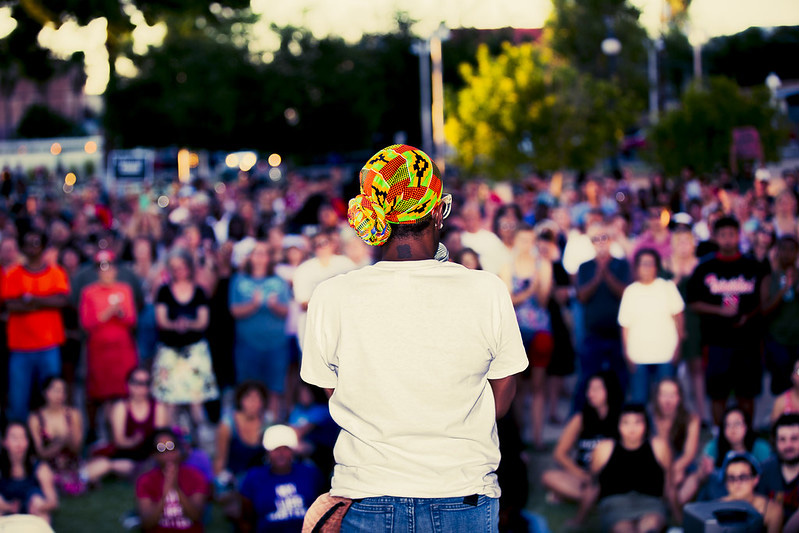“The historical contributions of Black people need to be integrated into the curriculum,” Morningside staff developer Dionne Grayman told USA Today’s N'dea Yancey-Bragg.
Before the country can move past racial harm, Dionne added, there needs to be “truth, then accountability and then maybe reconciliation.” In our classrooms, that truth needs to be told every day throughout the year.
We also need to provide students with tools they need to discern the truth. TeachableMoment writer Teresa Willis notes in a recent article that we educators should be prepared to teach "skills that equip students to critically analyze and evaluate history by reviewing primary sources from multiple perspectives.... Trained in historical thinking, students will determine for themselves the validity of claims like, 'there was no Holocaust' or 'slavery wasn’t really that bad for African Americans' or 'the election was stolen.'”
Our staff developer Nicole Lavonne Smith suggests that after 400 years of centering whiteness, we could try centering Blackness. See Nicole’s essay on centering Blackness, along with a range of activities that explore Black lives and Black history, below. We also invite you to read our call to action to white educators here.
Lessons & essays below.

- This Year, Try Centering Blackness. Centering diverse cultures can strengthen community and sense of belonging for everyone, writes Morningside Center staff developer Nicole Lavonne Smith.
- Black History Month: How Do We Change History? Students explore the origins of Black History Month and consider where we stand today in creating a more inclusionary history in classrooms across the country.
- Decades of Organizing: Georgia Elects its First Black Senator. The election of Raphael Warnock to be Georgia's first Black senator was the result of decades of organizing by voting rights activists. Students discuss that history and the news.
- Dreaming Big: Kamala Harris & Us. Students (grades 3-6) find out about Kamala Harris's background and her election as vice president - and reflect on their own dreams for the future. Also see our MS/HS lesson.
- Dr. King and the Ongoing Fight for Economic Justice. Students watch videos with Martin Luther King III and Rev. William Barber, co-founder of today’s Poor People’s Campaign, and discuss the continuing fight for economic and racial justice.
- A Gathering to Honor the Life and Legacy of John Lewis. Students deepen their knowledge of the civil rights icon and listen to and share their thoughts and reflections.
- Celebrating Ella Baker and Her “Group-Centered Leadership.” Ella Baker, who helped build many of the most important organizations of the civil rights movement, defied traditional gender roles. She deprioritized charismatic leadership from above and instead empowered people to take charge of their own struggles for freedom.
- Black History Month & the Danger of a Single Story, Students explore why it is important for people to be able to tell their own stories and relate that to Black History Month.
- Civil Rights History & Mythology. Did the Civil Rights Movement only involve the South? Was it the product of a few great leaders? In this lesson, students deepen their understanding of the civil rights movement, explore some mythologies surrounding it, and consider how sometimes "history" distorts the truth.
- A Reading List on Race. Black History Month was our excuse for asking our co-worker Daniel Coles, who is coordinating Morningside Center’s racial equity initiatives, to share some books he recommends to educators to raise our awareness on issues related to race. Behold the list below, in alphabetical order by author.